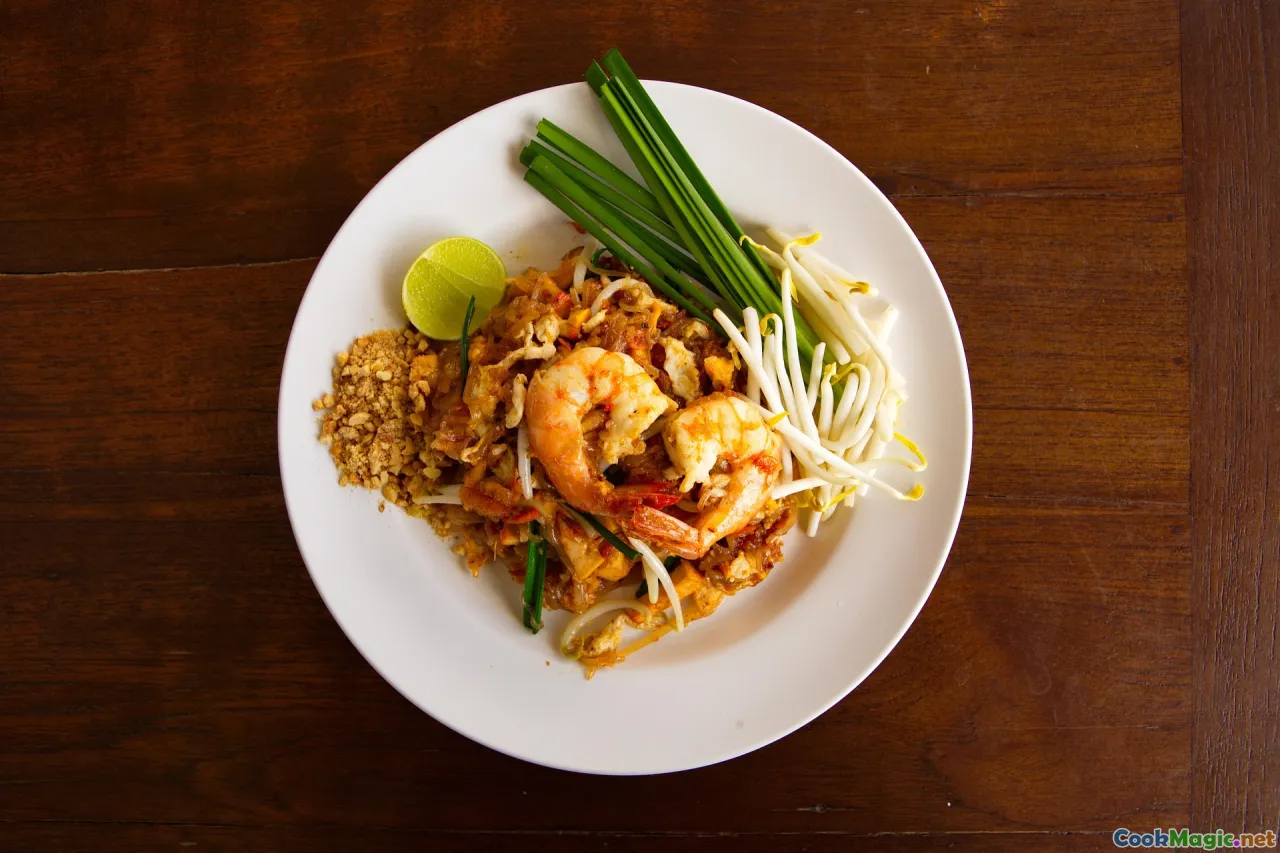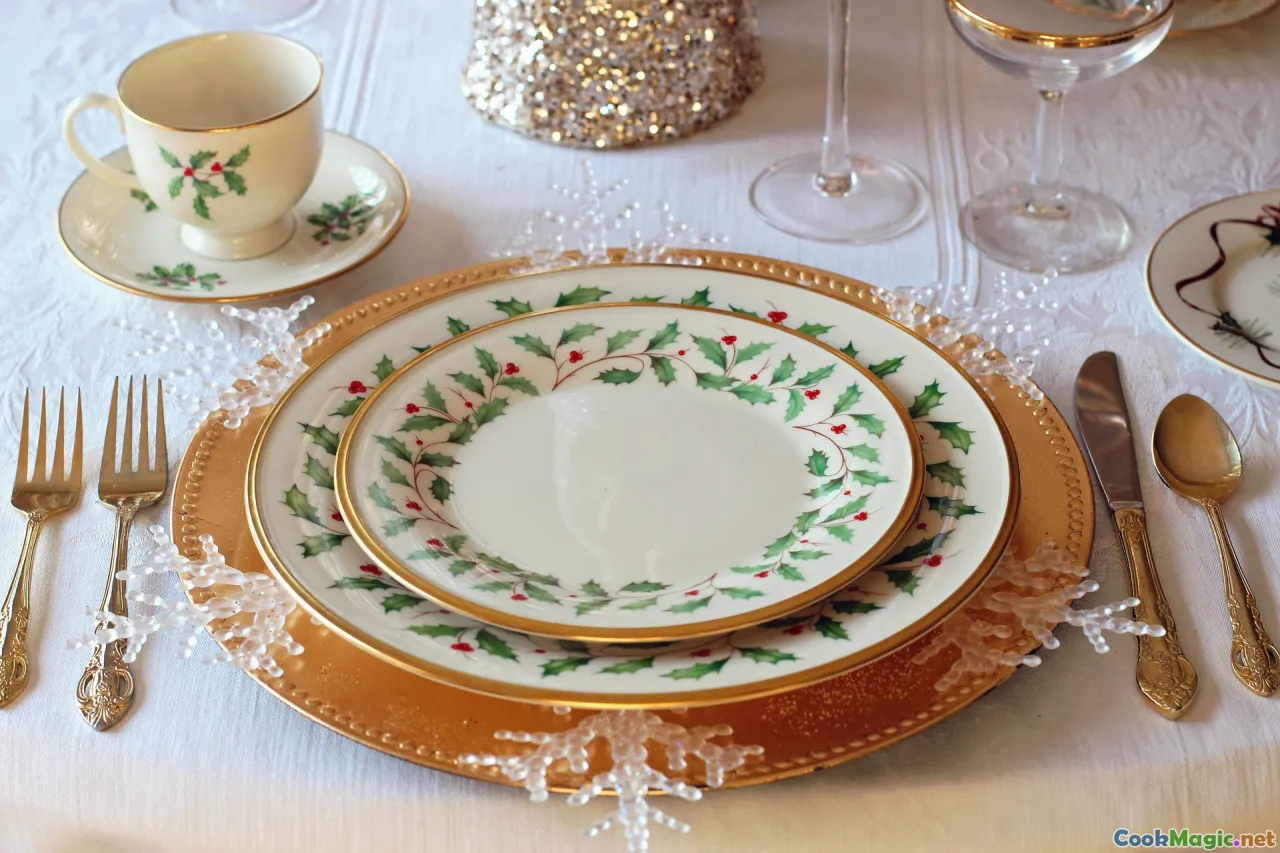Unveiling the Stories of Thailand’s Iconic Pad Thai
10 min read Explore the rich history, cultural significance, and authentic flavors behind Thailand’s beloved Pad Thai. September 09, 2025 06:05
Unveiling the Stories of Thailand’s Iconic Pad Thai
Strolling through the vibrant night markets of Bangkok or sitting quietly in a bustling street stall in Chiang Mai, few dishes evoke the warm, bustling spirit of Thailand quite like Pad Thai. This seemingly simple stir-fried noodle dish is a captivating tapestry woven with history, culture, and personal stories. Its smoky aroma, glistening with tamarind’s tang and peanut’s richness, beckons both seasoned food lovers and curious newcomers alike. But behind every slurp of Pad Thai lies a story — intertwined with Thailand’s social transformation, local ingenuity, and centuries-old culinary traditions. Let’s peel back the layers of this iconic dish and explore why Pad Thai continues to steal hearts worldwide.
The Birth of Pad Thai: Origins and Evolution

The story of Pad Thai is as dynamic as the dish itself. Its origins are often traced back to the 1930s and 1940s, a period of nationalistic fervor and economic growth under Prime Minister Plaek Phibunsongkhram, who sought to promote a unified Thai identity. To foster patriotism and reduce rice consumption (which was crucial during wartime shortages), the government launched a campaign to develop an indigenous, portable noodle dish that could be both affordable and appealing.
In this context, Pad Thai was born—a quick, savory, and flexible dish that utilized locally available ingredients like rice noodles, tamarind paste, fish sauce, and dried shrimp. Originally, it was served as a street food in Bangkok’s bustling markets, a food for workers and merchants rushing through their busy days. Its initial versions varied depending on regional ingredients and vendor creativity, but the core concept of stir-fried rice noodles with tangy, salty, and sweet notes remained constant.
The dish underwent further refinement in the following decades, becoming a symbol of Thai culture, especially post-1950s as it gained popularity beyond the streets via restaurants and tourist spots. Today, Pad Thai is a culinary ambassador, bridging Thailand’s deep-rooted traditions with its cosmopolitan growth.
The Perfect Pad Thai: Ingredients, Techniques, and Tips

Creating authentic Pad Thai is much more than tossing noodles into a wok. It’s a carefully orchestrated dance of flavors and textures. Here’s how to appreciate the nuances:
Key ingredients:-Rice noodles: Wide, flat, and chewy, they absorb flavors beautifully.
- Tamarind paste: The backbone that lends Pad Thai its signature tang. Use genuine tamarind for an authentic taste.
- Fish sauce: Adds depth and saltiness; opt for high-quality varieties.
- Palm sugar: Provides a subtle sweetness that balances acidity.
- Dried shrimp and tofu: For savory umami and texture.
- Eggs: Traditionally scrambled directly with the noodles for richness.
- Crushed peanuts: For crunch and nutty aroma.
- **For garnishes:**Lime wedges, fresh bean sprouts, chopped scallions, chili flakes.Technique tips:
- Use a Wok: High heat and quick stir-fry are essential for achieving the smoky “wok hei” aroma.
- Sweet, sour, salty, and spicy: Balance these four tastes precisely. Taste your sauce mixture before combining.
- Don’t overcook: Noodles should remain chewy, not mushy.
- Add ingredients in stages: Veggies and proteins first, then noodles and sauce.
Chef’s tip: Making your own pad Thai sauce from tamarind, fish sauce, sugar, and lime topped with freshly roasted peanuts elevates the dish from good to unforgettable.
Regional Variations and Personal Twists

While the classic Pad Thai remains beloved, regional variations reflect local tastes and ingredients:
- Southern Thai Pad Thai: Incorporates coconut milk and a touch of curry powder for a rich, velvety texture.
- Northern Thai Pad Thai: Features pickled radish, fermented ingredients, and sometimes pork belly.
- Vegetarian Pad Thai: Substitutes fish sauce with soy sauce or mushroom-based alternatives.
Home cooks and professional chefs alike often add their personal twist—such as a drizzle of sesame oil, a hint of garlic, or even a squeeze of spicy sambal. Each variation whispers stories of local ingredients and traditions, further enriching Thailand’s diverse culinary tapestry.
Cultural Significance and Social Contexts

Pad Thai isn’t just sustenance; it’s a cultural connector, a dish that adapts to social settings and occasions. Whether enjoyed as a quick street snack, a family dinner, or a festive celebration like Songkran, Pad Thai fosters community and conviviality.
In the open-air markets and street stalls, vendors often invite customers to customize spice levels or toppings, creating an interactive dining experience rooted in authenticity. During national celebrations, serving dishes like Pad Thai display pride, showcasing local flavors to tourists and locals alike.
For many Thais, making or eating Pad Thai also holds personal stories—a grandmother’s secret recipe handed down through generations or a street vendor’s honest passion for perfecting the balance of flavors.
Exploring Thailand Through Its Pad Thai

To truly grasp Pad Thai’s significance, one must explore the vibrant streets, meet the vendors, and taste the myriad interpretations. Participating in a cooking class in Chiang Mai or Bangkok offers utensils, tips, and stories behind each spoonful. Such experiences transform food into cultural dialogue and personal memory.
For instance, renowned chefs likeChef Ian Kittichai frequently emphasize the importance of respecting tradition while incorporating modern techniques—like using freshly made noodles or experimenting with different nuts and spices. When you dig into a plate of Pad Thai in Thailand, the dish is loaded with stories—of resilience, innovation, national pride, and shared joy.
Savoring Stories in Every Bite
Pad Thai’s popularity has soared globally, yet its essence remains rooted in centuries-old traditions. The smoky aroma, the harmonious play of flavors, and the memories it stirs make it more than just a meal—it's a narrative of Thailand’s enduring spirit.
In every street corner, you'll find vendors pouring their passion into each plate, knowing that they’re serving not just food but a taste of their homeland’s history and heart. Appreciating Pad Thai from a cultural and culinary perspective transforms it from fast food into an authentic experience—our invitation to taste Thailand’s stories, one forkful at a time.
So next time you twirl your chopsticks or fork through a serving of Pad Thai, remember: This dish isn’t just about flavor; it’s about stories, identity, and the enduring love for a simple yet profound essence of Thai culinary artistry.









